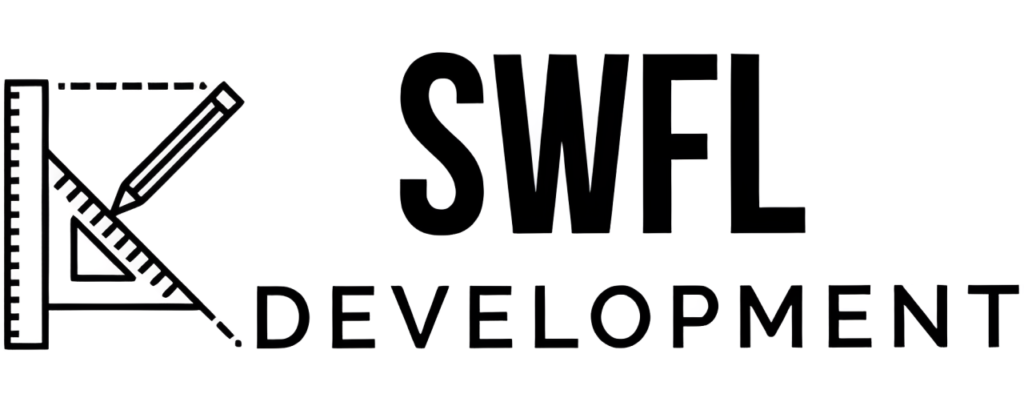Introduction:
In recent years, investment real estate has become an increasingly popular avenue for individuals looking to grow their wealth and secure a stable financial future. However, the global pandemic and economic uncertainty have left many wondering about the current state of the investment real estate market. In this blog post, we will delve into the latest trends and insights to provide a comprehensive overview of how investment real estate is faring in the current climate.
1. Impact of the Pandemic:
The COVID-19 pandemic has undoubtedly reshaped the investment real estate landscape. The initial shockwaves led to a temporary slowdown in the market as uncertainty prevailed. However, as the world adjusted to the new normal, investment real estate has shown remarkable resilience.
2. Shifting Demand:
One significant shift observed in the investment real estate market is the change in demand patterns. With remote work becoming more prevalent, people are reevaluating their living arrangements. Subsequently, there has been an increased demand for larger spaces, including suburban homes and properties in less densely populated areas. This shift presents new opportunities for investors willing to adapt to these changing preferences.
3. Favorable Interest Rates:
Amidst the economic downturn, central banks across the globe have taken measures to stimulate economic growth. This includes maintaining historically low-interest rates. For investment real estate, this translates into increased affordability and favorable financing options. Lower interest rates act as an incentive for potential investors, making real estate a more attractive investment option.
4. Rental Market Resilience:
Despite the economic challenges faced during the pandemic, the rental market has proven remarkably resilient. While some sectors, such as short-term rentals and commercial properties, experienced a temporary setback, the residential rental market has remained stable. This stability can be attributed to the growing demand for rental properties, driven by factors such as changing demographics and affordability concerns.
5. Emerging Opportunities:
As the investment real estate market continues to evolve, new opportunities are arising. One such opportunity is the growing interest in sustainable and eco-friendly properties. With increasing awareness about environmental sustainability, properties incorporating renewable energy sources, energy-efficient features, and sustainable building materials are gaining popularity among investors and tenants alike.
6. Technology’s Influence:
The digital transformation has had a profound impact on the investment real estate sector. Technology has made property research, analysis, and transactions more accessible and efficient than ever before. Investors can now leverage data analytics, artificial intelligence, and virtual reality to make informed decisions, streamline processes, and enhance the overall investment experience.
Conclusion:
While the COVID-19 pandemic has undoubtedly presented challenges, investment real estate has shown remarkable resilience and adaptability. Shifting demand patterns, favorable interest rates, a resilient rental market, emerging opportunities, and technological advancements are shaping the current state of investment real estate. As the world continues to navigate through uncertainty, investment real estate remains a viable and potentially rewarding option for individuals looking to secure their financial future.

